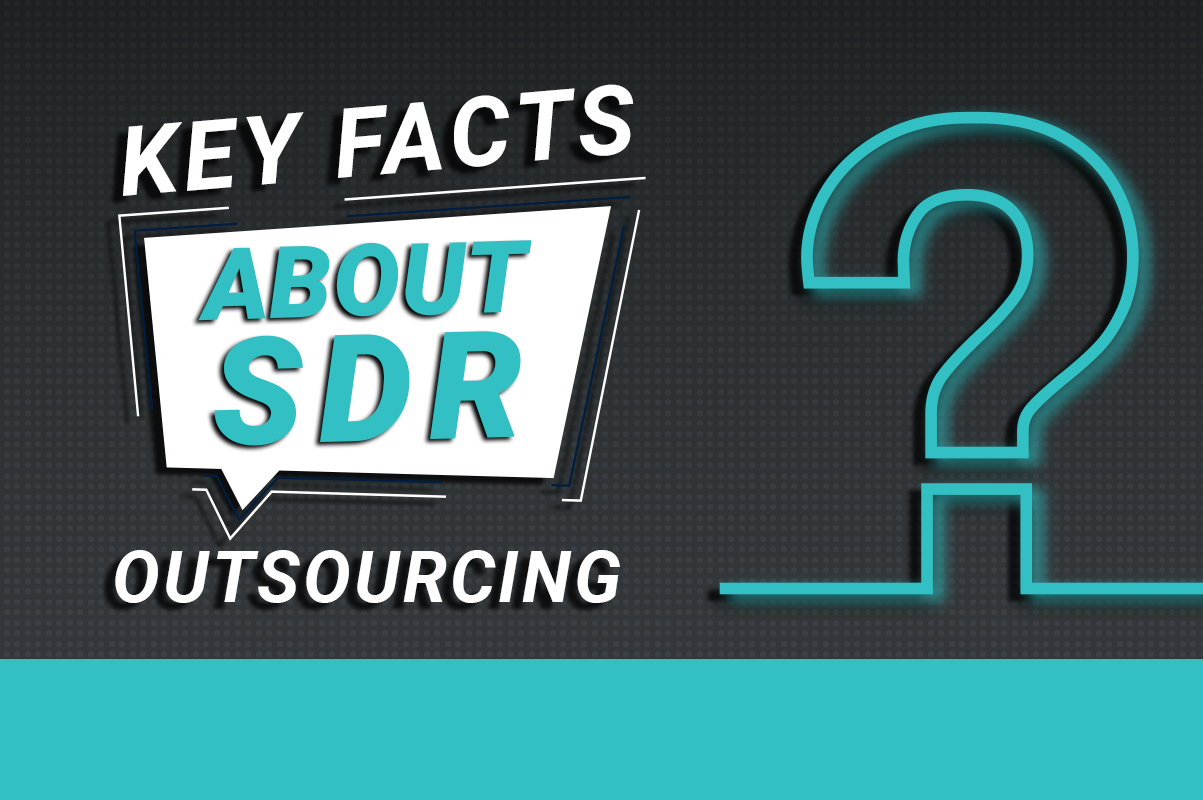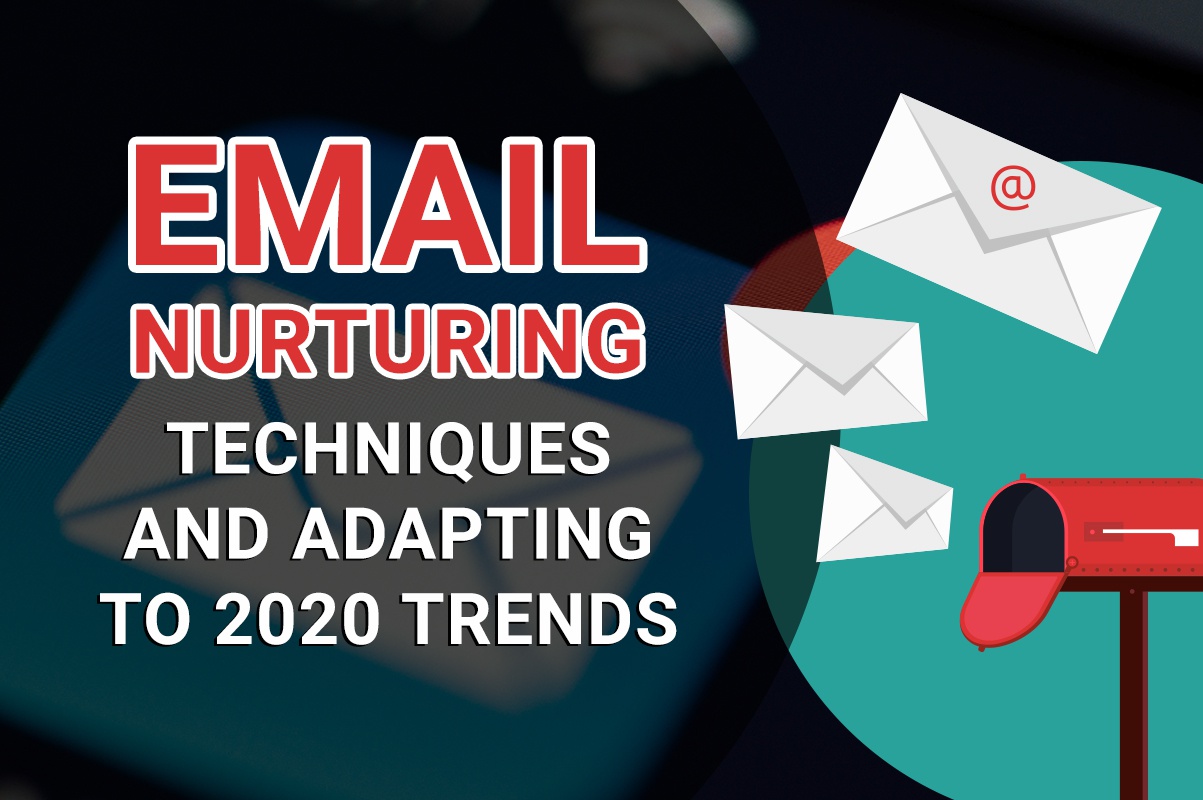6 Ways to Boost the Confidence of Your Sales Team

When one of your salespeople has their pitch rejected, it can often be stressful and emotionally difficult for them to handle, especially if they’re not seasoned. The sales professional who is the most confident will more often walk out as a winner, irrespective of any negative results they come across along the way.
The opposite holds true as well. A sales professional might be selling the best product or service, but if the prospecting approach fails then not only does the sale die, but it can affect their confidence level as well.
The only way to successfully build up that sales confidence is to accumulate it over time, and to do that you need to be able to head off objections before they happen. The key to doing that is to use reliable data.
Here are a few tips to overcome objections.
1. Measure the database timeline
Prospect data is not immune to the one universal constant: change. 33% of prospect data goes bad every year. A successful marketing campaign is highly dependent on accurate prospect data. If the sales team fails in establishing that first connection with their prospects, then the sales and marketing goals that follow will also result in failure.
62% of businesses can lose valuable time when using decayed data to make critical business decisions – that decayed data can often be up to 40% incorrect. In fact, up to a quarter of all business’s customer and prospect databases contains errors.
The longer the inaccurate data remains in the system, the higher the costs for those businesses keep piling up.
As a result, many companies let their bad data eat away their sales and ROI, without ever analyzing their prospect data integrity.
In order to avoid just such a scenario, every business needs to be regularly monitoring and governing their data so that every prospect contact is up-to-date and accurate. Ideally, this process should happen once every 90 days, through rigorous verification, validation, tracking and updating of the data into a CRM platform.
2. Analyze the results from the previous campaigns
One has to analyze the different stages of a marketing campaign to get the most out of marketing data analysis. You need to look into the information from the past and the present in order to gain an insight into the future. By doing this, you get the best results with which to strategize your upcoming campaigns and perform better in the market.
By analyzing the past you’ll come to understand which strategy has worked well or performed better than others, and which helped generate more money for the company. You may also find out things that did not succeed as much as they should have. In this way, you will avoid repeating mistakes.
Analysis of the present allows you to better understand the current market. It will help you understand the methods that work and also give you time to use that knowledge to make on-the-fly improvements to current campaigns.
Luckily, companies typically have a huge amount of data from past campaigns to take advantage of. Mining this data can provide answers and insights without a huge expenditure of resources. And the things you learn can be applied to future campaigns as well.
3. The need for data verification & validation
A company’s customer and prospect data is one of their most valuable and precious assets and is tied directly to how successful their relationships are with its customers. Unfortunately, 25% of all data has multiple errors, 40% of leads contain invalid or duplicate data, and 33% of all data decays each year.
All that accumulated bad data can cause 40% of business goals to fail.
Data cleansing needs to be the first step you take to make sure the money you invested hasn’t been wasted. Once the initial cleaning has been done, companies also need to be regularly monitoring their data to ensure that every contact is accurate and is up-to-date. Ideally, this type of maintenance should be done once every 90 days.
4. Make sure your messages reach the right person
It’s the first interaction with prospects that are going to be the key to establishing trust, gathering key information, providing value, and securing a follow-up meeting.
If you fail to use the right strategy the prospects, in turn, will be less receptive to your message.
Unfortunately, it’s a constant challenge for sales teams to connect, schedule, engage, and convert the leads, especially if the message isn’t reaching the right person. Spending time and resources pitching a message to the wrong person, be it, someone for whom your product isn’t relevant, or perhaps is not a decision-maker and has no purchasing influence, is a waste and is a drag on your sales team’s efficiency.
5. Sales team confidence is built on accurate data
There are three pillars that a sales professional’s confidence is built upon knowledge of the product, communication skills, and accurate data.
Every salesperson dreams about getting in touch with a decision-maker every time they make a sales call. Unfortunately, this hardly ever happens as most of their time is wasted on prospect research. If and when a connection finally happens it either gets diverted or ends up never responding.
Research reveals that 60% of sales executives lack confidence in their organization because of their poor data management.
Successful salespeople know that the right strategy, combined with contact data they can trust, has the potential to positively impact the confidence and optimism of their sales teams on a deeper, more meaningful level.
6. Nurturing strategies and follow-up sequences build rapport with decision-makers
Lead nurturing develops a relationship with prospects throughout their buying cycle since it takes place at every stage of the sales funnel. From the very first moment of collecting a prospect’s information, till the time they buy your product, you learn more about your prospects through the engagement data you collect. Using that data to deliver targeted messages and to build relationships over time can help your sales team subtly push the prospect to make buying decisions.
And the relationship-building process does not stop, even after prospects become leads.
Nurturing leads is a crucial part of any business, as only a small percentage of leads that come in are ready to buy your product or service at the beginning of the funnel. Surprisingly, only 37% of companies are using a lead nurturing strategy in their marketing effort.
If a lead is not nurtured, then they just sit in the CRM and the likelihood is very high that after a few months without any activity on the lead, that those leads have already moved on to a competitor.
Your Prospect Data Governance Solution–Flobile
Flobile can convert that old, curdled data into active prospect profiles that allow businesses to make confident decisions based on accurate, verified data.
The AI-driven data scientist-developed system purges old data and verifies entries with up to 99% accuracy to empower sales teams with actionable insights. Flobile’s data governance solutions will scan databases every 90 days to close loopholes and deliver actionable reports on the findings.
Data Governance
Data Scrubbing
Inside Sales Prospecting
Inside Sales Strategy
lead Augmentation
Prospect Data Governance






